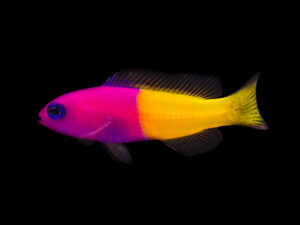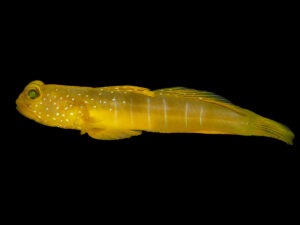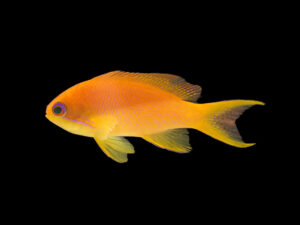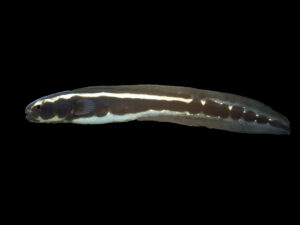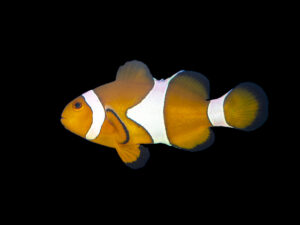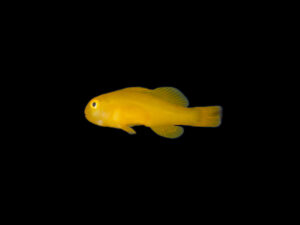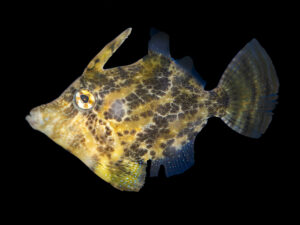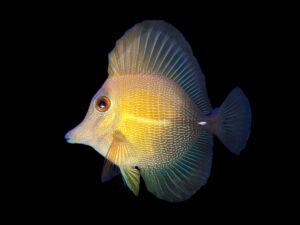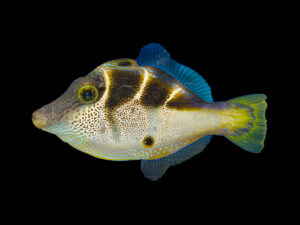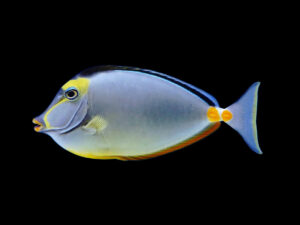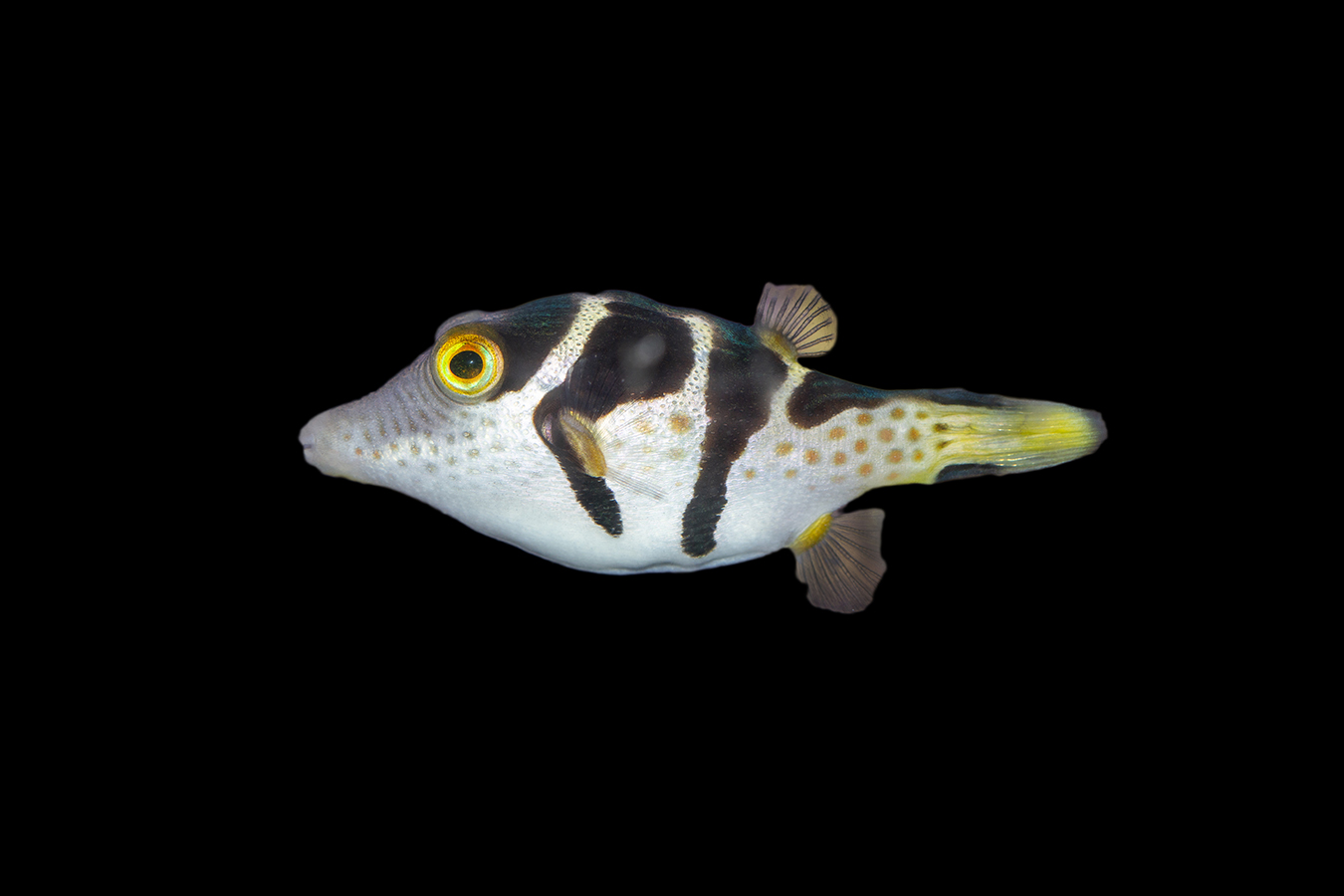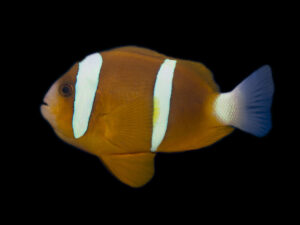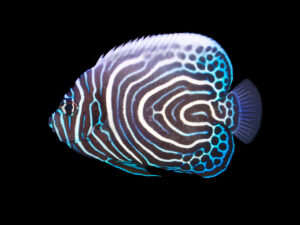Related products
-
Royal Dottyback
$45.00Select options This product has multiple variants. The options may be chosen on the product page -
Yellow Watchman Shrimp Goby
$550.00Select options This product has multiple variants. The options may be chosen on the product page -
Lyretail Anthias
$45.00 – $75.00Price range: $45.00 through $75.00Select options This product has multiple variants. The options may be chosen on the product page -
Engineer Goby
$35.00Select options This product has multiple variants. The options may be chosen on the product page -
Bicolor Angelfish
$45.00Select options This product has multiple variants. The options may be chosen on the product page -
Ocellaris Clownfish – Orange
$25.00Select options This product has multiple variants. The options may be chosen on the product page -
Clown Goby – Yellow
$45.00Select options This product has multiple variants. The options may be chosen on the product page -
Ocellaris Clownfish – Black
$35.00Select options This product has multiple variants. The options may be chosen on the product page -
Aiptasia Eating Filefish
$55.00Select options This product has multiple variants. The options may be chosen on the product page -
Scopas Tang
$45.00Select options This product has multiple variants. The options may be chosen on the product page -
Mimic Valentini Filefish
$55.00Select options This product has multiple variants. The options may be chosen on the product page -
Lipstick Tang
$100.00Select options This product has multiple variants. The options may be chosen on the product page
Valentini Pufferfish
$45.00
Please Note: Due to variations within species, your item may not look identical to the image provided. Approximate size range may also vary between individual specimen.
Deep dive >
Quick Stats
- Dietry Requirements
- Compatible With
- Maximum Fish Size (cm)
- Minimum Tank Size (L)
- Same Species Aggression
- Other Species Aggression
- Care Requirements
The Valentini Puffer are called Sharp-nosed Puffers or Tobies. The Valentini Puffer is a bright and colorful fish with dark brown bands across the midsection, brownish-orange spotting on the lower half, yellow fins, and blue striping running along the back. It lacks pelvic fins, but has learned to use the pectoral fins to move about the aquarium.
A 100 litre or larger, fish-only aquarium is suitable. It may eat invertebrates found in a reef tank. Its teeth are actually a fused beak-like structure.
Parts of its flesh are poisonous. It has the ability, when threatened or alarmed, to inflate its body to almost twice its normal size. It becomes alarmed when netted, therefore, use a container to transfer it.
The Valentini Puffer needs a varied diet of meaty foods including; squid, krill, clams, and hard shelled shrimp to help wear down their ever growing teeth.
Related products
-
Mimic Valentini Filefish
$55.00Select options This product has multiple variants. The options may be chosen on the product page -
Ocellaris Clownfish – Black
$35.00Select options This product has multiple variants. The options may be chosen on the product page -
Barrier Reef Clownfish
$35.00Select options This product has multiple variants. The options may be chosen on the product page -
Emperor Angelfish
$200.00 – $400.00Price range: $200.00 through $400.00Select options This product has multiple variants. The options may be chosen on the product page
